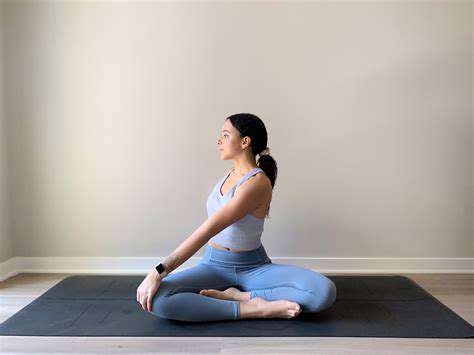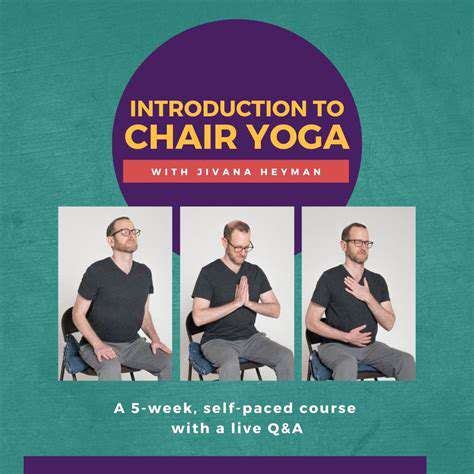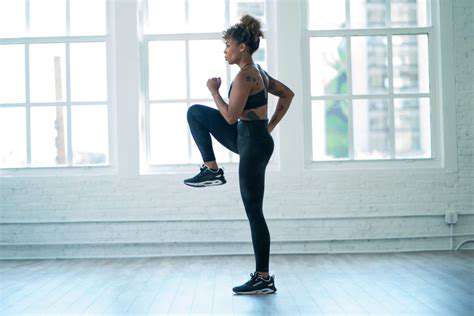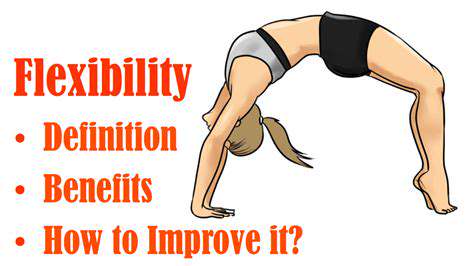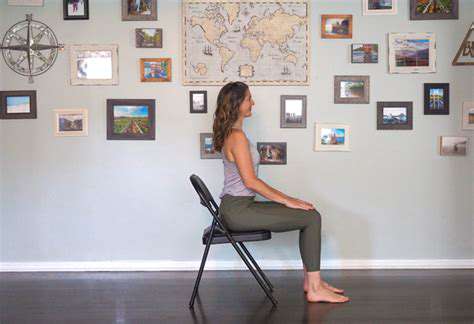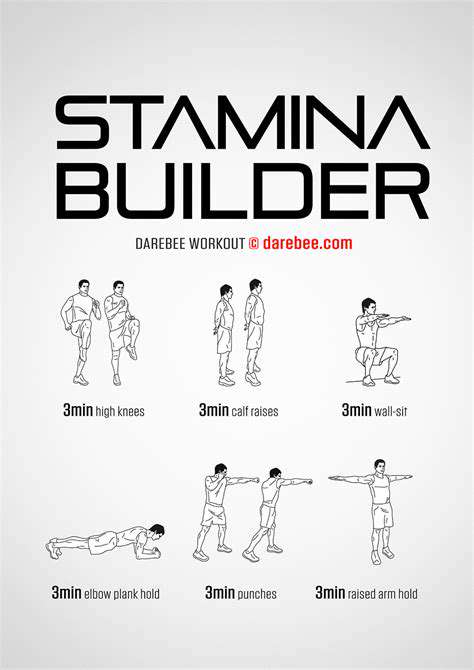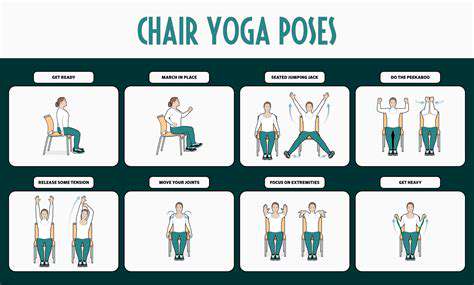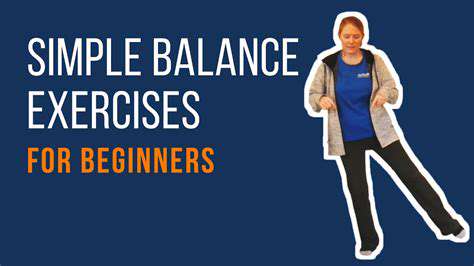Easy Strength Exercises Seniors Can Do at Home
Complete Guide to Home Strength Training for Seniors
Table of Contents
Strength training helps seniors maintain muscle mass and reduce fracture risks.
Regular training can significantly improve balance and reduce the probability of falls.
Breaking the Myth: Seniors can safely engage in strength training too.
Effective action analysis of squats and leg raises at home.
Warm-up exercises and proper posture are key to safe training.
Chair training method: the secret to safely enhancing mobility.
Sustained chair training brings improvements in strength and balance.
Resistance bands: a magical tool to enhance strength without heavy weights.
Basic resistance band training targeting major muscle groups.
Bodyweight training strengthens core muscles and improves body stability.
Progressive adjustments ensure training is safe and effective.
Key points for creating a safe home training environment.
Recognizing body signals: the key to preventing exercise injuries.
The important impact of professional guidance on training results.
1. The Importance of Strength Training for Seniors
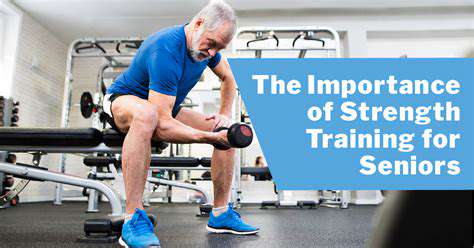
1.1 Multiple Benefits of Strength Training for Seniors
Regular strength training is like installing a protective shield for the body. Not only does it slow down muscle loss, but it also densifies the bones, much like reinforcing the foundation of a house. Many seniors who stick to training find that everyday activities, once strenuous, become easy, such as picking up grandchildren or carrying grocery bags.
Research shows that seniors who consistently engage in targeted training can significantly improve balance. An interesting phenomenon is that Grandma Wang, who participates in community training classes, now feels calm when encountering uneven ground in the park. Scientific data supports this, with some cases showing that systematic training can reduce fall risk by nearly one-third.
1.2 Debunking Common Training Myths
- Is strength training only for the young?
- Will lifting weights turn you into a muscle-bound figure?
- Is weightlifting risky for seniors?
These misunderstandings have caused many seniors to miss training opportunities. In fact, just as learning new recipes, anyone of any age can find a training style that suits them. Professional elder-friendly courses consider joint tolerance and use progressive loads, ensuring safety just like gradually increasing heat while cooking soup.
1.3 Recommended Home Training Exercises
The living room is the best gym. The assisted chair squat exercise is like a modified version of sitting back up slowly, effectively working on lower body strength. Using resistance bands enhances the effect, acting as an intelligent resistance system for your muscles, both safe and effective.
For upper body training, try wall push-ups; this exercise is especially helpful for strengthening shoulder and arm muscles. Grandpa Li shares his experience: now he doesn’t need to ask his son for help when opening pickle jars. The key is to maintain consistency, forming a habit like having tea every day.
1.4 Golden Rules for Safe Training
Safety while training is like buckling up in a car; it must not be overlooked. Guidance from a professional coach is like receiving personalized navigation, helping to avoid action pitfalls. It’s recommended to do 5-10 minutes of warm-up before each workout, just like you’d warm up a cold car before driving.
Pay special attention to bodily feedback; if a certain motion causes discomfort, it’s like hearing your mobile phone alarm go off—check it immediately. Regular communication with a rehabilitation therapist is similar to having regular car maintenance, allowing timely adjustments to your training plan.
2. Chair Training: Balancing Stability and Strength
2.1 The Unique Value of Chair Training
Chair training acts like installing airbags for the body. Aunt Zhang says: since she started doing chair leg raises while waiting for water to boil in the kitchen, that time has become meaningful. This training method is particularly suitable for seniors with joint discomfort, providing stable support like scaffolding.
2.2 Analysis of Core Training Movements
Sitting leg raises may seem simple, but pay attention to keep your toes pointed like in ballet for better results. During the chair squat, consider lightly touching the chair seat with your hips before rising, like being pushed up by a spring. It is suggested to do 8-12 repetitions per set, savoring muscle engagement like enjoying a delicious dish.
When raising arms horizontally, imagine holding two bowls of hot soup, this imagery can help stabilize the action. Uncle Chen laughs, saying: now when helping his wife dry clothes, the clothes rack no longer trembles.
2.3 Secrets to Successful Training
Keeping a training journal is like collecting old photos, clearly showing your progress. It is advised to train three fixed days a week, like regularly watching your favorite TV show. Finding a training partner can double the results, just like doing square dancing is more fun with a group.
3. Flexible Use of Resistance Bands

3.1 Unique Advantages of Resistance Bands
This rainbow-colored training tool is like a portable gym that’s particularly suitable for travel. Grandpa Zhao shares: when visiting his son, resistance bands became his best fitness companion. Different colors represent different resistance levels, easily mixed like a color palette.
3.2 Basic Training Action Library
- Seated rowing: Improves rounded shoulders and hunchback.
- Front press: Strengthens door-pushing power.
- Leg extension: Enhances walking ability.
Maintain a rhythm in your movements like slow waltzing, holding each action for 2-3 seconds. Ensure the anchor point is secure; it can be tied to a stable table leg or door handle.
3.3 Safety Usage Tips
Regularly check your resistance bands like you would check your car’s tires; replace them immediately upon finding cracks. Selecting the resistance level should fit like choosing shoe sizes, don’t be greedy. Stretching before and after training is like giving your muscles a massage SPA.
4. Bodyweight Training for Core Strength
4.1 Importance of Core Muscles
Core muscles act like the body’s natural corset. The improved version of the plank can be performed with knees on the ground, gradually extending the duration like stacking building blocks. Many trainees report: bending down to tie shoe laces is no longer difficult.
4.2 Progressive Training Strategy
From wall planks to knee planks, progress like leveling up in a video game. Record your training duration, aiming to increase by 5 seconds each week, like saving up in a piggy bank for progress. Finish with a cat stretch, easing your back like a cat stretching after a nap.
5. Home Training Safety Guidelines
5.1 Key Points for Environment Arrangement
The training area should be as tidy as an operating room, removing all obstacles. It’s recommended to practice in front of a mirror, observing movements like a dancer. Choose non-slip mats, like putting non-slip shoes on the floor.
5.2 The Value of Professional Guidance
A personalized training plan is like custom tailoring, perfectly fitting individual needs. Participating in community courses also allows making new friends, much like joining a hobby group full of fun. Regular health check-ups ensure your training program remains safe and effective, just like vehicles require annual inspections.
